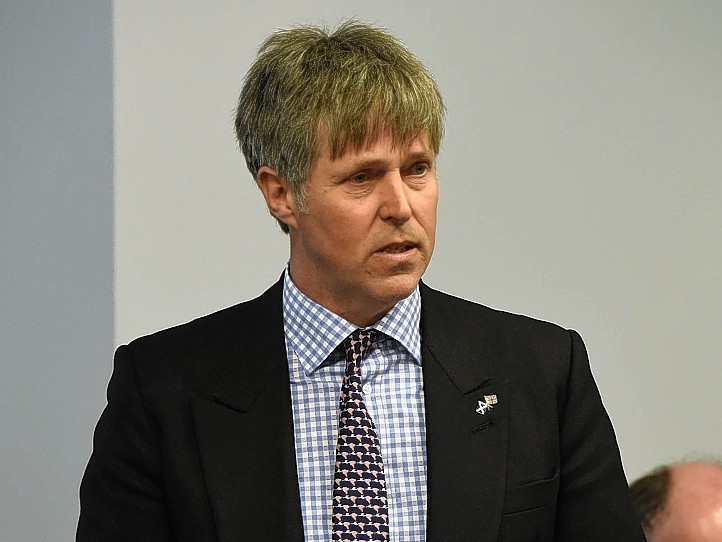The number of pupils caught carrying offensive weapons in north schools spiked at five last year – the highest number in at least a decade.
A total of five weapons, including at least three knives, were recovered in primary and secondary schools across the Highlands last year.
The latest figures mark a sudden rise in such incidents after just one pupil was caught with a weapon in each of the previous seven years.
Police called in after schoolboy threatened staff and pupils with knife
In April 2016, police were involved when two teenage pupils brought knives into Inverness High School. And two months before, a primary school pupil in Lybster was caught bringing a pen knife into school to show classmates.
Highland Council said that, since the tragic stabbing of Cults Academy pupil Bailey Gwynne in October 2015, it has been working alongside other Northern Alliance local authorities to revise its own guidance on weapons in schools as part of a new programme.
Last night, Highlands and Islands Conservative MSP Edward Mountain said: “I am deeply concerned about the sudden rise of offensive weapons being carried into our Highland schools.
“After the tragic murder of Bailey Gywnne at an Aberdeen School in 2015, now is not the time for complacency when it comes to knife culture.
“A zero-tolerance approach is needed to ensure staff and pupil safety.”
Highlands and Islands Labour MSP Rhoda Grant said the figures are “a worry” but is glad that Highland Council is becoming “more vigilant” in picking up cases, adding: “Given what happened in Aberdeen, if someone is carrying a knife the trouble is when something kicks off and a knife is there. That is when there can be disastrous consequences.”
The latest figures were provided by Highland Council following a freedom of information request.
There were a total of 16 pupils caught with offensive weapons over nine years to the end of the 2016 school year.
Data is not yet available for 2016-17 but The Press and Journal reported in May that a pupil at Milton of Leys Primary School, Inverness, brought a knife into class.
Inverness South councillor Duncan Macpherson said: “We can often think we are very insular in the Highlands but I think parents, pupils and staff need to play their part and be vigilant, even if it’s just someone suspected of carrying a knife.”
The latest statistics have emerged less than two years after schoolboy Bailey Gwynne was knifed to death at Cults Academy. His teenage killer is serving a nine-year sentence.
The shock nature of this incident was felt by schools and communities across the nation.
A Highland Council spokeswoman said: “Following the very sad and tragic death of Bailey Gwynne our Care and Learning Service has been in discussion with colleagues from Education and Children’s Services in Aberdeen and with Police Scotland, about weapons in schools. This has also been discussed at Highland headteacher meetings.
“These discussions confirm that while we do not have significant cause for concern about weapon crime in Highland schools, that we should not be complacent, and that we should reflect on our approach. Indeed, this is the view being taken by all of the Northern Alliance authorities, and we are working collaboratively on a new programme.
“The focus of that programme will involve: revised guidance for Care and Learning and Police Scotland, including advice to schools on the response to concerns; awareness raising for parents and communities; engagement with young people; and resources for use in schools.”










